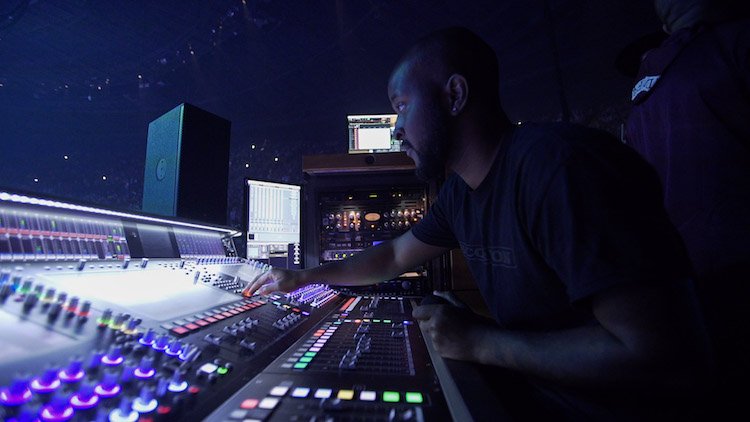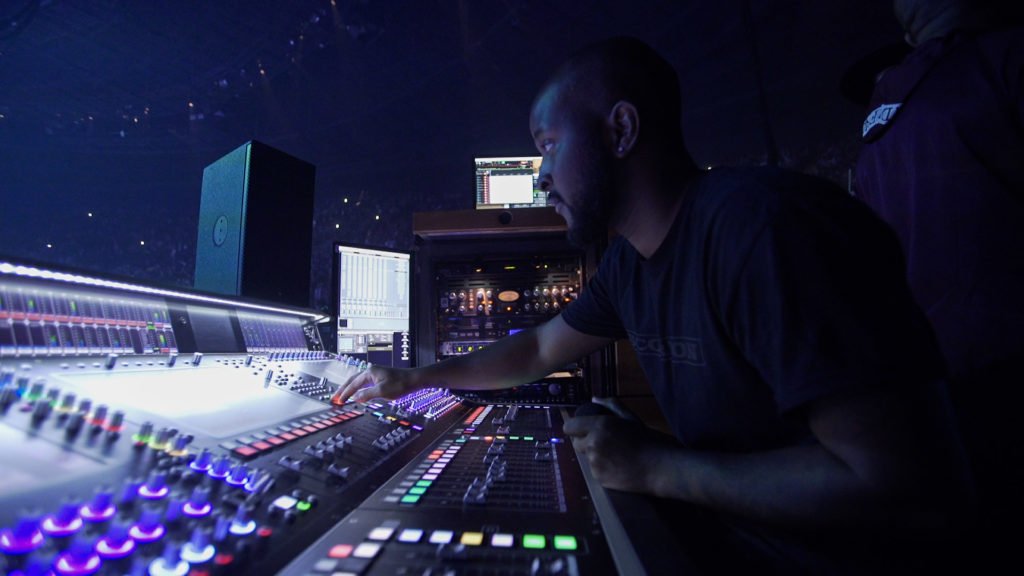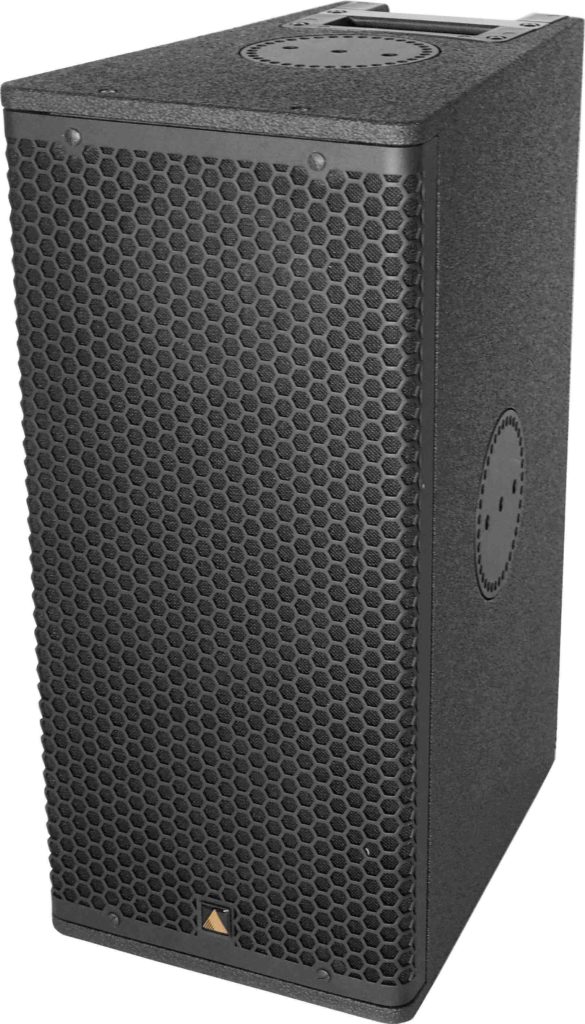News
16 Jun 2020
Adamson’s CS7p – AVB gets Loud

Subscribe to CX E-News
Adamson’s AVB-enabled dual 7” loudspeaker the CS7p was announced at last year’s ISE, and has made waves globally. At the same time, the Avnu Alliance, the cooperative body working together to develop AVB, announced Milan, the deterministic network protocol that ensures interoperability of devices over AVB. The framework to give Dante a run for its money is now firmly in place.
I talked to Brian Fraser, Head of Product and Technology at Adamson Systems Engineering, about the genesis of the CS7p, which is already being adopted in the Australian and New Zealand market
The CS7p is the world’s first daisy-chainable AVB/Milan enabled loudspeaker. Why choose a dual 7” point source as the first – why not, for example, a flagship product like the E or S Series arrays?
While the CS7p is not the world’s first AVB enabled loudspeaker (that honour goes to the Meyer CAL steerable column, which actually had Avnu certification quite early on. Meyer did a great job pushing AVB forward initially), the CS7p is the world’s first daisy-chainable AVB/Milan enabled loudspeaker that also allows for redundant AVB streams.
The history behind this project actually began before development of the E-Series, so there’s been a lot of R&D that’s gone into this. The reason that we went with the point source first is that we wanted to bring this technology to the market as quickly as possible.
The development of the CS7p was done, and we were comfortable releasing it to validate the level of interest in larger systems.
Dual 7”: bigger than a dual 5”, fractionally smaller than a dual 8” – it’s a rarer size of loudspeaker. Boxes like these are often used as under balcony or front fill when they’re smaller, or as vocal PA when a bit larger. What was the market ‘sweet spot’ you were trying to hit with this driver and cabinet size?
We’ve always been able to play with cone sizes because we make everything in-house. Because we don’t buy drivers off the shelf, we can make things that don’t comply to industry norms which means, among other things, optimising basket shapes to get the most radiating surface area out of our drivers.
I would put our dual 7” loudspeaker up against some larger dual 8” products available today. You’re right, in that it can be used as an excellent fill, but the power and presence that the box has means it stands out as a compact PA on its own.
Dipole designs have to take into account lobes, combing, or cancellation caused by two drivers working in the same frequency range. How did you address this?
We simply don’t allow the two drivers to operate in a frequency range where these issues occur. By spacing the drivers properly and utilising the correct high-frequency component, we can make sure that destructive interference is highly limited. This is a design philosophy we follow in all of our products.
We’re seeing more and more AVB/Milan product coming onto the market, with input devices like radio mics still lagging behind. At the moment, what’s the advantage for, say, a corporate AV company to try and put all of their gear onto an AVB backbone?
AVB offers a much more stable platform than layer 3 protocols commonly available, especially as you move to much larger and more complex systems (which corporate systems tend to do). It guarantees interoperability as the user expands their toolbox.
As we see convergence of technology, more media will be networked together, making the deterministic nature of AVB all the more necessary. On top of all of that, it’s an open protocol rather than proprietary, which is always a better solution.
What’s the biggest thing holding back the level of adoption of AVB as compared to Dante?
Time to market. Because it’s open source, a lot must be taken
into consideration when creating certification. This slows down development of essential items like switches which are necessary
for a deterministic protocol like AVB.
Legacy Ethernet is inherently non-deterministic and current media networks rely heavily on over provisioning, being alone on the network, and crossing fingers. Since the development of these took longer, time to market was delayed, allowing proprietary protocols like Dante to achieve market penetration.
Much has progressed in the last five years and you will see AVB making major strides in the pro audio market moving forward.
AVB/Milan sees yourselves, L-Acoustics, Meyer Sound, and d&b audiotechnik working together in the Avnu Alliance. You are all the finest of competitors. What’s it like fraternising with the enemy, so to speak?
It’s been really great actually. When something like this comes up where we all recognise that a standard is beneficial to the industry as a whole, there is no conflict, no positioning. We all want the same thing, so we contribute as best we can to develop the standard in a way that will benefit not only our companies, but all users of Milan.
What is the next part of the AVB/Milan environment that you intend to populate?
Well I can’t really discuss that, but it shouldn’t be too difficult to decipher what may be coming!
The last word…
We are very proud of our electronics package and look forward to sharing it with our partner network. We know the feature set included and the tools we have provided to the end user put this product in front of anything else on the market today.

Drake & Migos’ 2018 North American co-headlining tour
CX Magazine – June 2020
LIGHTING | AUDIO | VIDEO | STAGING | INTEGRATION

Entertainment technology news and issues for Australia and New Zealand
– in print and free online www.cxnetwork.com.au
© VCS Creative Publishing
Subscribe
Published monthly since 1991, our famous AV industry magazine is free for download or pay for print. Subscribers also receive CX News, our free weekly email with the latest industry news and jobs.






